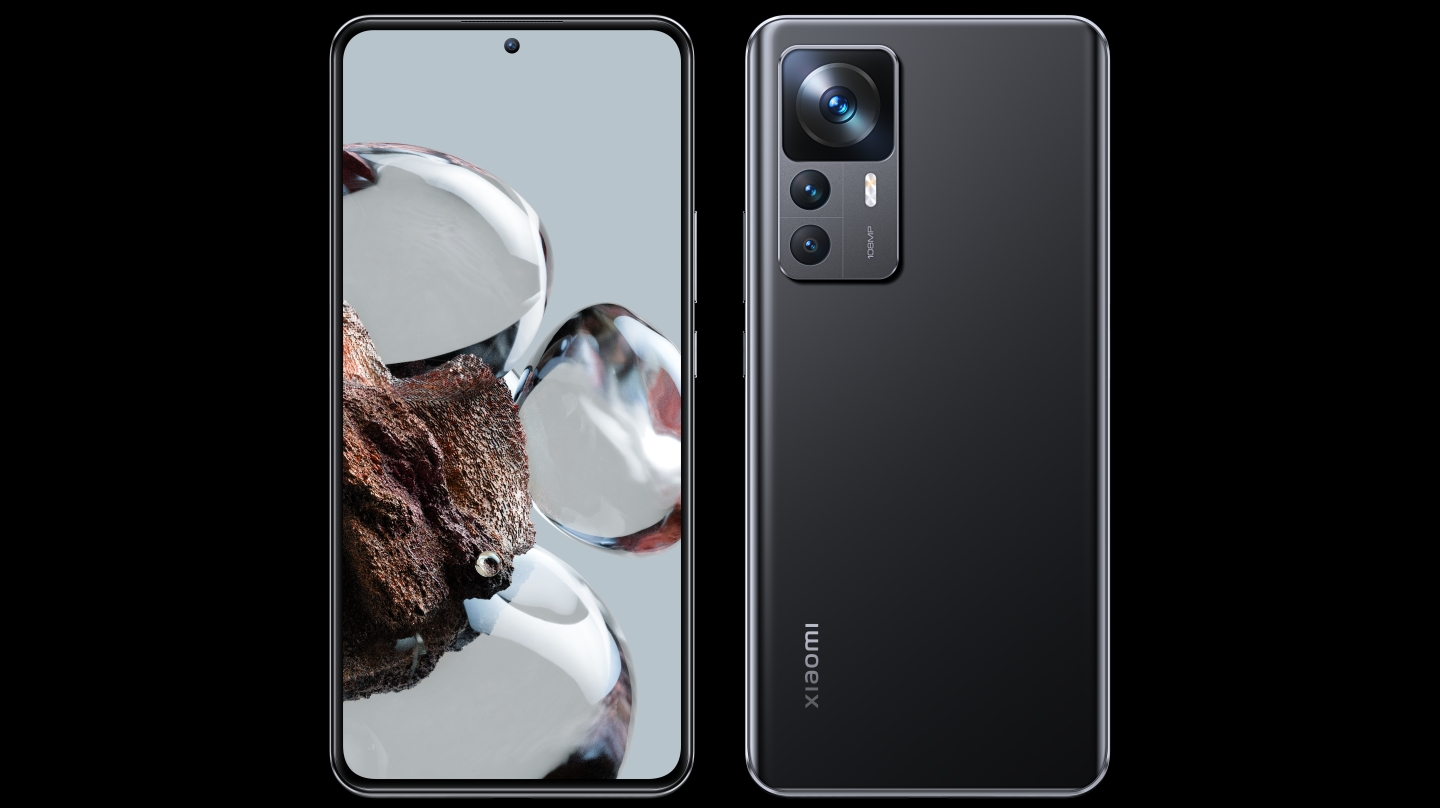Xiaomi 12T: release date, price, specs, and features
A T to be proud of

The Xiaomi 12T and Xiaomi 12T Pro are mid-range alternatives to the Xiaomi 12 line, but despite having lower prices they have some very high-end specs, including a 200MP camera – in the case of the Pro – and 120W charging on both models.
The two phones have been unveiled in full, so you’ll find all the details about them below, including their design, displays, cameras, batteries, power, and features.
We’ve also included details of how much each phone costs, and when and where they’ll be available.
Cut to the chase
- What is it? The latest upper mid-range Xiaomi phones
- When is it out? Hits UK stores on October 20
- How much does it cost? Starts at £499 (around $570 / AU$875)
Xiaomi 12T release date and price
The Xiaomi 12T and Xiaomi 12T Pro are both going on sale in the UK on October 20, via “official Xiaomi channels.”
There’s no word on if or when they’ll come to Australia though, and you can count the US out, as Xiaomi doesn’t really have a presence there.
As for how much they cost, the Xiaomi 12T starts at £499 (around $570 / AU$875), which gets you a model with 8GB of RAM and 128GB of storage. There’s also a version with 8GB of RAM and 256GB of storage for £549 (approximately $625 / AU$965).
If you’d rather grab the Xiaomi 12T Pro, then you’ll be paying £699 (roughly $800 / AU$1,230). That’s the only price Xiaomi has listed but presumably it’s just the starting price, as multiple configurations are mentioned in the specs list.
Sign up for breaking news, reviews, opinion, top tech deals, and more.
We’d assume that money gets you 8GB of RAM and 128GB of storage, with the price rising for 8GB of RAM and 256GB of storage, and going ever further up for 12GB of RAM and 256GB of storage.

Xiaomi 12T design and display
The Xiaomi 12T and Xiaomi 12T Pro both have a Gorilla Glass 5 front and a glass back, and come in a choice of black, silver, or blue shades.
They’re identically sized at 163.1mm x 75.9mm x 8.6mm, but their weights differ a tiny bit, with the Xiaomi 12T being 202g, while the Xiaomi 12T Pro is 205g.
Both phones have a flat screen with a punch-hole camera in the top-center, and a large camera block on the top left of the rear.
As for the screen, they both have a 6.67-inch 1220 x 2712 AMOLED display with 446 pixels per inch, a 120Hz refresh rate, and a touch sampling rate of up to 480Hz.
Both support HDR10+ as well, but the Xiaomi 12T Pro additionally supports Dolby Vision and has a few other additions, such as an Adaptive Reading mode.

Xiaomi 12T camera and battery
The Xiaomi 12T Pro stands out the most on the camera front, as it has a 200MP f/1.69 primary camera with optical image stabilization (OIS), 8K video recording and in-sensor 2x zoom – which presumably means it crops in, like the iPhone 14 Pro’s 2x zoom. The standard Xiaomi 12T instead has a 108MP f/1.7 main camera with OIS.
The other cameras are the same on both. There’s an 8MP f/2.2 ultra-wide with a 120-degree field of view, and a 2MP f/2.4 macro camera, then around the front there’s a 20MP f/2.24 selfie camera. Both phones also feature night modes for both photos and video.
As for the battery, the Xiaomi 12T and 12T Pro both have a 5,000mAh one with 120W charging – and a 120W charger in the box. That’s enough power for a 100% charge in just 19 minutes, and Xiaomi claims the battery allows for up to 13.5 hours of screen-on time.
Xiaomi 12T specs and features
The Xiaomi 12T Pro has a Snapdragon 8 Plus Gen 1 chipset – that’s the top chipset available to Android phones in 2022, and is also found in the likes of the Samsung Galaxy Z Flip 4. It also has a choice of 8GB or 12GB of RAM, and 128GB or 256GB of storage.
The standard Xiaomi 12T has a more mid-range MediaTek Dimensity 8100 Ultra chipset, along with 8GB of RAM and 128GB or 256GB of storage.
Both phones run Android 12, and both support 5G. They also both have an under-display fingerprint scanner and dual speakers with Dolby Atmos audio. In the case of the Xiaomi 12T Pro those speakers have also been tuned by Harman Kardon.
James is a freelance phones, tablets and wearables writer and sub-editor at TechRadar. He has a love for everything ‘smart’, from watches to lights, and can often be found arguing with AI assistants or drowning in the latest apps. James also contributes to 3G.co.uk, 4G.co.uk and 5G.co.uk and has written for T3, Digital Camera World, Clarity Media and others, with work on the web, in print and on TV.